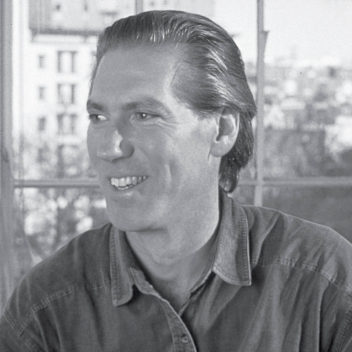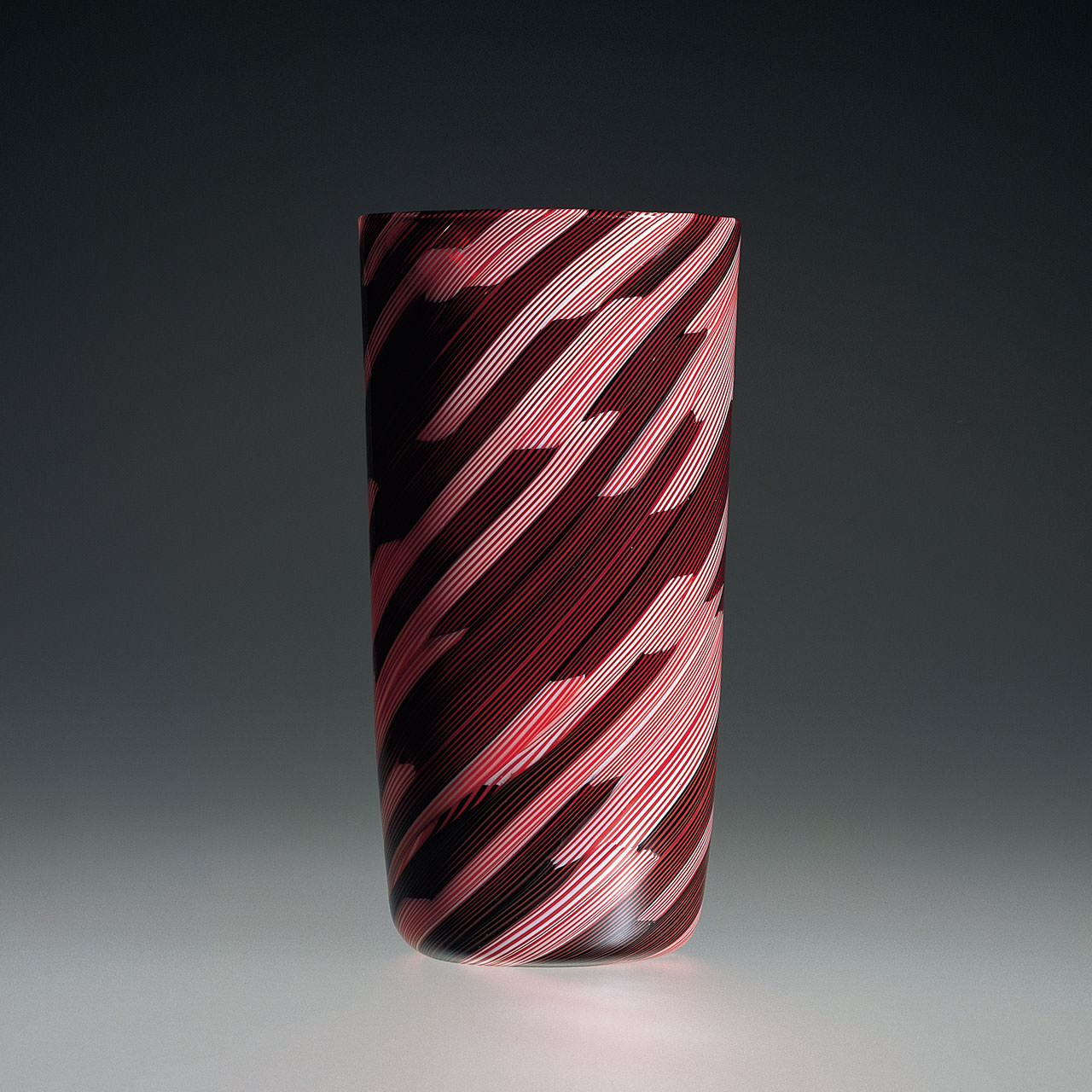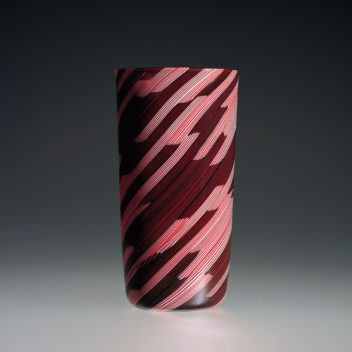
James Carpenter 1949–
Born in Washington, DC, James Carpenter graduated in 1972 from the Rhode Island School of Design with a B.F.A. in Sculpture. After his first collaboration at Venini, from October 1971 to May 1972, Carpenter returned several times to participate in the design of various glassworks. During this time, he worked along with Ludovico Diaz de Santillana, experimenting in new techniques for the creation of large multicolored glass windows. His designs were included in the exhibition of historical and contemporary Venini glass held in New York in 1984. Among the works he designed for Venini is the Calabash, executed with the use of multicolored glass rods. For more than twenty-five years, Carpenter’s work has focused on the exploration of light as a means to bring form to structure and reveal the environment. As an artist considered to be a foremost innovator in materials technologies, Carpenter has worked collaboratively with major architects in the United States and abroad on significant building projects and has received many major architectural and public art commissions. Carpenter currently works in New York.


